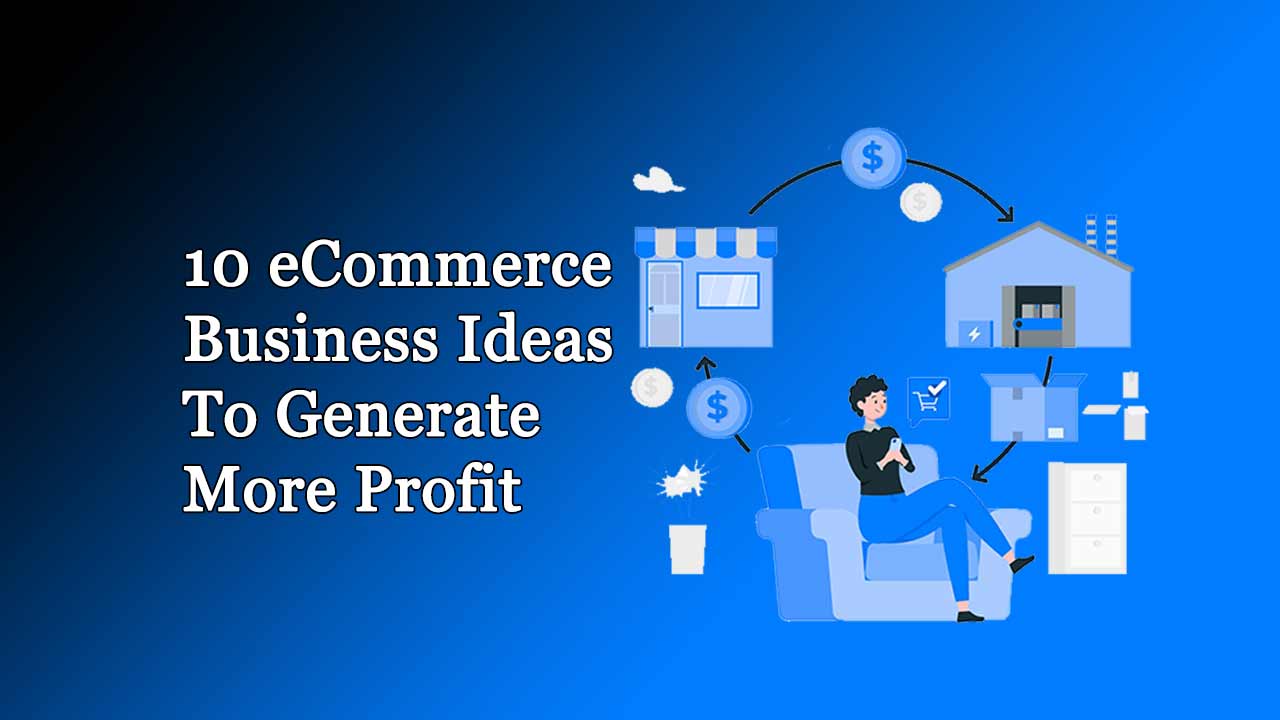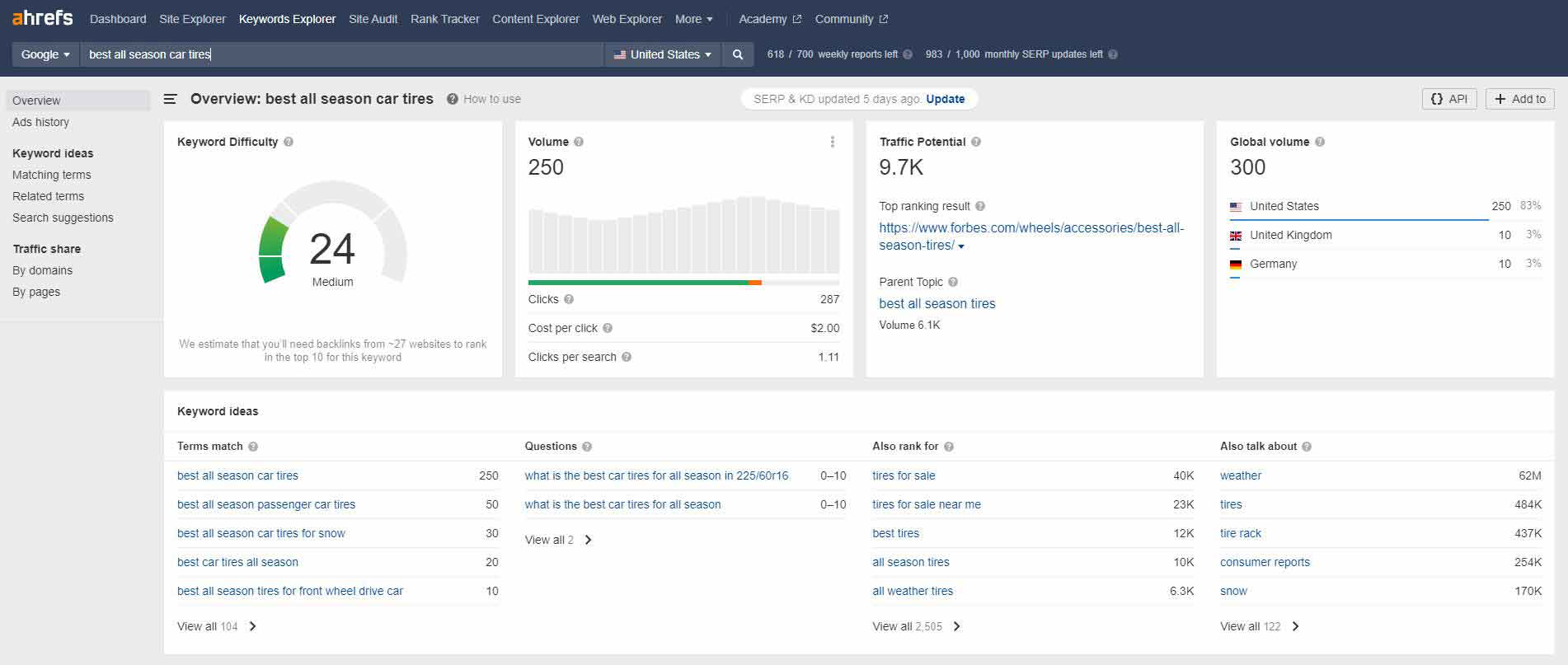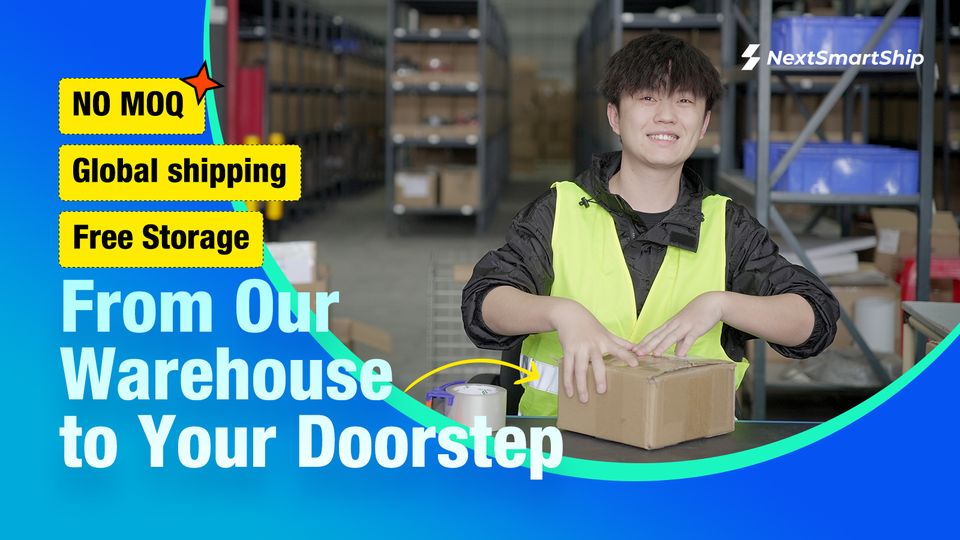Did you know that eCommerce sales have grown continuously for the past ten years? And even after the sharp drop in growth rates in 2021, they are still three times higher than physical retail.
This presents a massive opportunity for eCommerce and dropshipping businesses to boost profits in a dynamically growing environment. But it also means that the environment is very competitive and requires significant efforts to increase sales.
So how to achieve that? We use real-world examples to explore the most effective customer-centric eCommerce business ideas to boost your revenue. So let’s dive in!

Optimize Your Website for Search Engines
First, it’s crucial to make your website visible to potential consumers. For example, 81% of consumers research online before buying anything. That is, your visibility and ranking in search results are crucial for attracting your target audience.
This is achieved with the help of a competent SEO strategy, which means a whole set of measures that must be taken.
- Keywords:Conduct keyword research to identify the wordings and phrases your target audience uses when searching for products. Incorporate these into your website’s content, meta tags, headings, and URLs.
- On-Page Optimization: Optimize product pages’ structure, meta tags, and headings to improve their crawlability by search engines. Ensure your site is mobile-friendly.
- Backlinks: Build high-quality backlinks to enhance your domain authority. Collaborate with influencers, engage in guest blogging, and participate in industry-related forums.
- High-quality content.Engaging content attracts organic traffic and encourages social sharing, backlinks, and repeat visits.
When choosing keywords, pay attention to such indicators as keyword difficulty, volume, traffic potential, etc. They reflect how high the competition for each keyword is and whether it has enough potential to spend money on.

Source: Ahrefs
You must realize that even a best-in-the-galaxy SEO strategy won’t yield instant results. This is all a long-term process, thus, important to monitor your metrics to make data-driven decisions.
Now that we’ve got users on the website let’s talk about their experience.
Personalize the Customer Experience
In the competitive world of eCommerce, providing personalized CX is a way to stand out and gain loyal, long-term customers. Personalization refers to customizing user interactions based on their characteristics, behaviors, and purchase history.
Let’s look at specific steps you can take.
- Product recommendations:Leverage customer data and algorithms to provide personalized product recommendations.
- Customized emails: Craft personalized emails that address customers by name and offer relevant content, such as exclusive discounts and new product launches.
- Personalized customer support:Your support team must address customers by their names, have access to purchase history as well as provide experiences tailored to their preferences.
- Loyalty programs:A loyalty program with customized rewards and incentives based on individual preferences encourages repeat purchases.
For instance, Grammarly utilizes data to generate weekly reports that analyze the user’s writing style, enabling them to track their progress and identify areas for improvement.

Source: Grammarly
Remember, personalization requires gathering and analyzing customer data effectively. Thus, be transparent about your practices and ensure compliance with privacy regulations.
Next, we want to discuss how personalized experiences can be delivered in more detail.
Install a Chatbot with a Live Chat
Most consumers consider speed to be the determining factor in evaluating support quality. One effective way to satisfy this need and earn loyalty is by incorporating a chatbot and live chat tools.

Source: HelpCrunch
Live chats provide instant support, while chatbots offer proactive engagement and tailor-made recommendations based on customer data. These tools help guide customers through their purchasing journey and reduce shopping cart abandonment. But working with them requires an intelligent approach.
- Learn how to write chatbot scripts and clearly define the scope and purpose of your chatbot to ensure it aligns with your business goals and customer needs.
- Craft well-designed conversational chatbot scripts that reflect your brand voice and provide accurate and helpful responses.
- Regularly analyze chatbot performance metrics, such as customer satisfaction ratings and response time, to identify areas for improvement.
- Integrate your chatbot and live chat with a CRM system to track customer interactions, preferences, and purchase history.
Continuing the theme of building loyalty, let’s discuss another means of delivering a personalized customer experience.
Use Email Marketing to Build Loyalty and Drive Sales
Email marketing remains a powerful tool with an extremely high ROI – you can earn about $40 for every $1 spent. The secret is that the goal of your email campaigns should not be profit itself but building loyalty through the already-mentioned personalized customer experience. How to achieve this?
- Segment your audience:Create targeted groups of subscribers based on preferences, purchase history, or demographics to send on-point messages, boosting engagement and conversions.
- Send exclusive product recommendations: Customize emails with product suggestions based on customer interests and past purchases, increasing the likelihood of repeat sales.
- Offer incentives for subscribing: Encourage website visitors to join your email list by offering premier incentives, allowing you to nurture them into loyal customers.
And remember the value. For example, Netflix reduces user search time by recommending content based on previous preferences, leading to continued usage.

Source: Netflix
A personalized customer experience is mostly a retention tool that allows you to increase profits through an already existing customer base. So now let’s talk about reaching new audiences and those who have abandoned shopping cards.
Leverage Social Media Advertising
With billions of active users on platforms like Facebook, social media advertising presents an enormous opportunity for eCommerce to reach new customers through targeted advertising. There are different types of these ads.
- Simple targetingallows you to narrow your audience based on data. For instance, if you’re selling trendy clothing for young adults, you can target individuals aged 18-24 interested in fashion and lifestyle.
- Retargetinginvolves showing ads to users who have previously visited your website or abandoned their shopping carts. This tactic is 70% more effective than simple targeting.
- Dynamic adsdisplay products tailored to each user’s preferences and browsing history. This automated approach saves time while delivering highly relevant ads.
For instance, if a user views a particular shoe on your website, dynamic ads can show that and other shoes in their feed, reminding them of their interest and encouraging them to make a purchase.

Source: Facebook
To maximize the effectiveness of your ads, keep these practices in mind:
- Create visually captivating designs that align with your brand identity.
- Craft compelling ad copy that highlights the unique selling points of your products.
- Use clear call-to-action buttons to encourage users to click and make a purchase.
- Monitor and analyze the ads’ performance using built-in tools because you want to optimize your campaigns.
All of the tools listed above are specific to eCommerce. But next, we want to talk mainly about techniques from the pre-electronic era of commerce, which are still relevant.
Implement Upselling and Cross-Selling Strategies to Increase Revenue
Upselling is when customers are encouraged to buy a higher-end product, while cross-selling is when customers are invited to purchase related or complementary items. These strategies are powerful tools. For example, upselling alone can increase revenue by up to 10-30%.
But if in face-to-face commerce, opportunities for upselling and cross-selling are identified intuitively, it is necessary to dive into your sales data in the world of eCommerce. In particular, consider the following techniques.
- Offer complementary productsto customers when they add an item to their cart, suggesting related things that go well with their purchase.
- Create product bundlesor package deals that offer discounts when customers purchase multiple items, encouraging them to buy more.
- Showcase premium or upgraded versionsof products to customers, highlighting the added benefits and features to entice them to upgrade.
- Use timed offers and limited discounts to create a sense of urgency and prompt customers to make quick decisions, increasing the chances of upselling or cross-selling success.
And again, the key to successfully using these techniques is to be customer-centric and to focus on providing value. For example, Apple recommends unlimited service for a one-time payment, which can be helpful.

Source: Apple
So, start analyzing your sales patterns, get creative with product combinations, and watch your average order value soar.
Offer Discounts and Promotions to Boost Sales
As mentioned, discounts and promotions are potent tools that create urgency and motivate customers to purchase. They attract new buyers, reward existing customers, and build loyalty. Promotions can also help clear out excess inventory and generate buzz, increasing brand visibility and attracting new customers.
But how to choose the right type of promotion or discount? There are many different ideas, but practically all can be described in several groups.
- Seasonal Sales:Offer discounts during holidays, special occasions, or seasons to capitalize on increased consumer spending.
- Flash Sales:Create a sense of urgency by offering limited-time discounts on specific products or across your entire inventory.
- Referral Programs:Incentivize customers to refer their friends and family by offering discounts or rewards for successful referrals.
- Bundling Deals:Combine related products into attractive bundles and offer them at a discounted price, enticing customers to purchase multiple items.
- VIP Rewards:Create a loyalty program that offers exclusive discounts and perks for loyal customers, encouraging repeat purchases and fostering long-term relationships.
For example, Macy’s uses multiple consecutive days of flash sales, focusing on different product categories daily, to generate maximum attention and anticipation.

Source: Macy’s
You should learn a lesson from everything. For example, regularly analyze the performance of your promotions to identify what works best for your business.
Next, we want to change the angle of perception slightly and show how you can increase your profit by analyzing the product you sell.
Expand Your Product Line to Increase Revenue
Companies use line extensions in their marketing strategies for multiple reasons. First, they see it as a cost-effective and low-risk method to cater to different customer segments. Also, managers use it as a competitive advantage to secure more shelf space in the short term.
But the costs of wanton line expansions are dangerously high for all the perceived benefits. For example, each product’s strategic role becomes muddled when a line is over-segmented. Furthermore, a company that extends its line risks undermining brand loyalty.
To avoid likely perils and uncover potential products, conduct market research.
- Stay informed about trends in your industry and monitor your competitors, paying particular attention to emerging products or categories with high demand.
- Look for keywords with high search volume and low competition, which may indicate untapped product opportunities.
- Pay attention to customer feedback, reviews, and social media conversations. Plus, always keep close tabs on recurring requests or complaints about potential product improvements or new ideas.
One of the most illustrative examples is Gillette. The company made a smart move by expanding into the production of shaving products. Customers need to have shaving cream, foam, or gel when shaving, making it a natural addition to their flagship product.

Source: Gillette
Take the time to understand your market, identify viable opportunities, and establish strong relationships with suppliers.
Optimize Your Checkout Process to Reduce Abandoned Carts
Did you know that the average cart abandonment rate across industries is a staggering 69.99%? So literally, seven out of ten potential customers leave before completing a purchase.
The consequences of such rates are clear: decreased conversion, lost sales, and ultimately, a negative impact on your bottom line. One way to overcome this is to optimize your checkout process.
- Design a clean and visually appealing checkout pagewith straightforward navigation, minimal distractions, and prominent call-to-action buttons.
- Simplify the processby offering a guest checkout option and multiple payment choices.
- Be transparent about pricing and shipping costs, displaying this information upfront to avoid surprises.
- Implement a cart recovery systemthat captures guest email addresses, sending personalized reminders and incentives to complete the purchase.
- Incorporate live chat supportduring checkout to address customer concerns in real time and boost confidence.
For example, Dermalogica, a professional skincare brand on Shopify, offers an express checkout option, ideal for those in a hurry or looking to save time.

Source: Dermalogica
Each of the points of our guide covered the same idea from one side or another: due to extremely high competition, eCommerce businesses must focus on the consumer experience. Finally, we want to move away from this idea and discuss the possibility for companies to increase profits by reducing costs.
Consider Outsourcing Fulfillment
Outsourcing fulfillment means partnering with a reliable provider who stores inventory, processes orders, and manages shipping logistics for you. Because handling these operational tasks can become challenging and time-consuming as your business grows.
- Focus on core tasks: Concentrate on important business activities like marketing and product development, leaving inventory management and shipping logistics to the experts.
- Scalability and flexibility: Established infrastructure can handle increasing order volumes, peak seasons, and international shipping, ensuring smooth scalability without disruptions.
- Cost savings: Fulfillment eliminates the need for dedicated warehouse space, equipment, and personnel.
- Streamlined operations: Fulfillment providers utilize advanced technology and efficient processes to optimize order accuracy, speed, and efficiency.
Look for reputable companies with experience in your industry, excellent customer service, and transparent pricing structures. Take the time to understand their processes, technology integrations, and order-tracking capabilities to ensure a seamless partnership. What is more, if your business is successful, it can be a great idea to make good use of franchising and therefore boost revenue. However, consider using a franchise agreement when signing up documents with third parties.
Conclusion
Now you have a comprehensive arsenal at your disposal. Of course, generating more profit is not an overnight process, but you can achieve remarkable results with the right strategies. Experiment, evolve, and stay focused on providing exceptional customer experiences and continuously changing your business to meet the market’s ever-changing demands. Your journey to profitability just starts!


